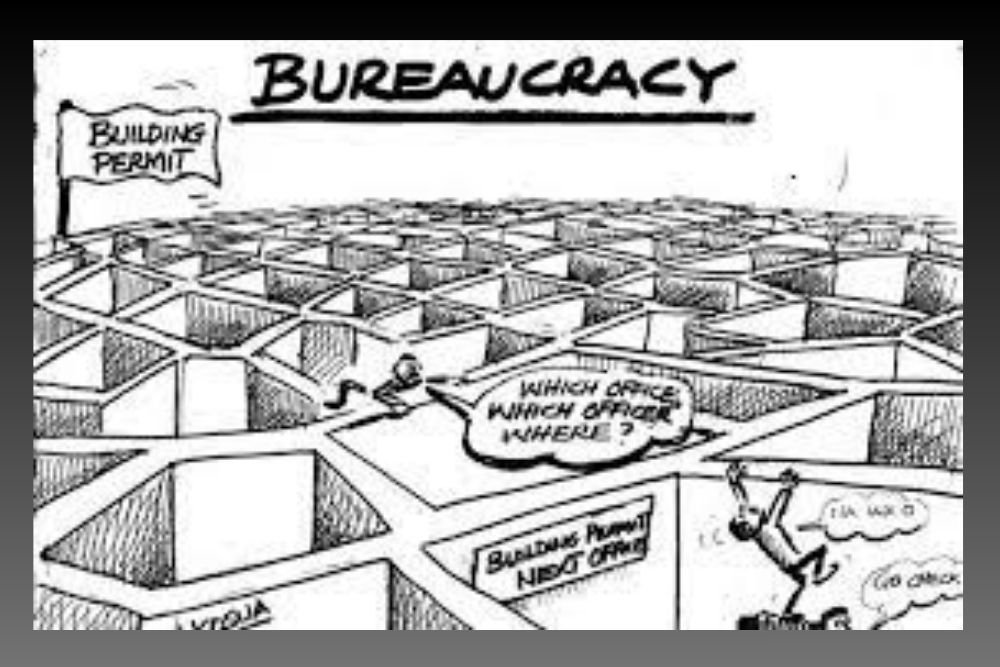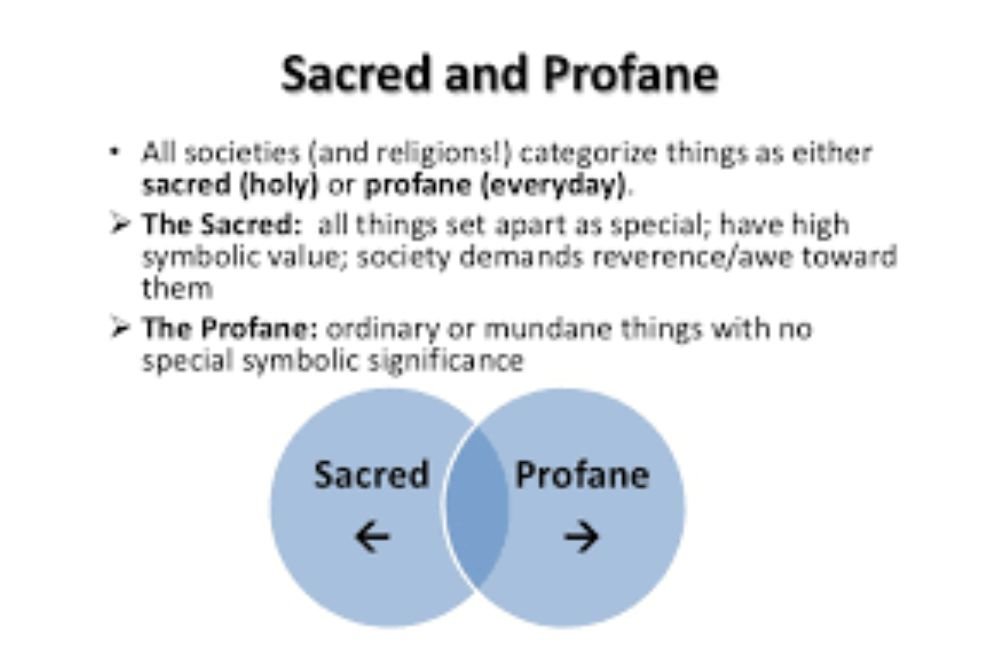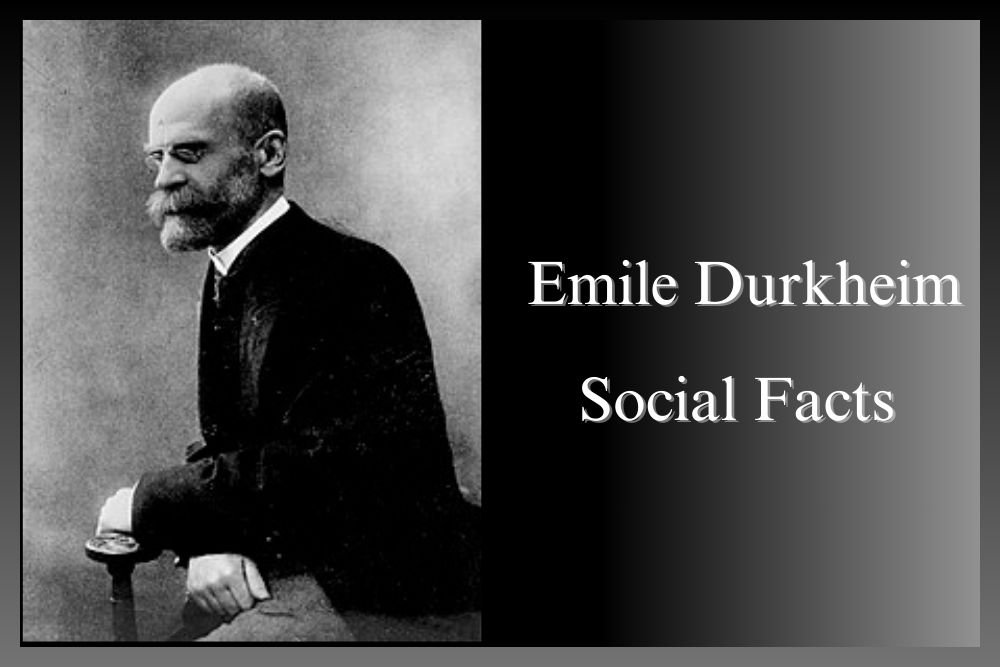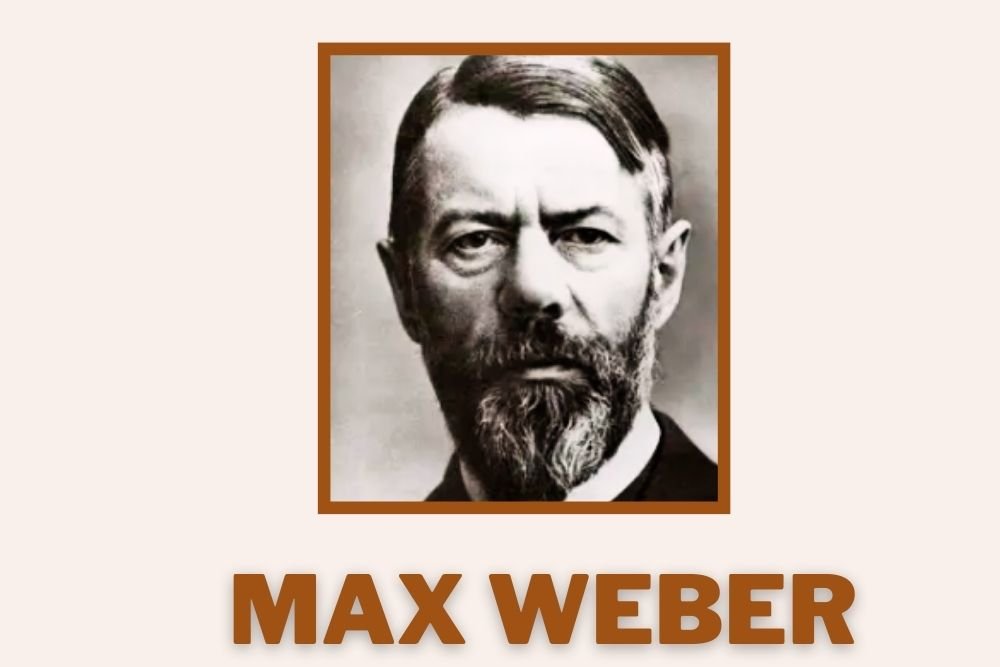
Max Weber, an intellectual giant in the field of sociology, invites us to delve deeper into the intricate dynamics of bureaucracy, a concept that resonates profoundly in organizational sociology. Born in 1864 in Germany, Weber's intellectual legacy, particularly in his seminal work "Economy and Society," shapes our understanding of societal structures and the complex interplay within bureaucratic systems.
Weber's conceptualization of bureaucracy extends beyond a mere administrative mechanism; it encapsulates an ideal type of organization characterized by specific elements. At its core lies a meticulously designed hierarchical structure, ensuring a well-defined chain of command within an organization. This hierarchical arrangement aligns seamlessly with Weber's broader exploration of authority types, particularly legal-rational authority, where power derives from adherence to rules and regulations rather than traditional or charismatic sources.
The formalization of rules and regulations emerges as another defining feature of bureaucracy. Weber underscores the significance of these formalized procedures in establishing a predictable and rational working environment. Yet, in his nuanced analysis, he introduces a cautionary note through the metaphorical construct of the "Iron Cage." This powerful imagery serves as a stark reminder of the potential dehumanizing effects resulting from excessive rationalization and the imposition of bureaucratic structures.
Weber's exploration of bureaucracy transcends its structural components to encompass broader implications for modern organizations. His insights have not only stood the test of time but have also served as a foundation for subsequent sociological discussions. Scholars such as Michel Crozier and Erving Goffman have drawn inspiration from Weber's ideas while adding their own layers of interpretation.
Michel Crozier, in his influential work "The Bureaucratic Phenomenon," delves into the intricacies within bureaucratic structures. Recognizing the limitations of an idealized model, Crozier emphasizes the role of personal networks and informal relations alongside formal rules. His work introduces a dynamic dimension to Weber's ideal type, acknowledging the nuanced power dynamics that characterize real-world bureaucratic organizations.
Erving Goffman, a sociological luminary, contributes to the discourse through his work "The Presentation of Self in Everyday Life." Goffman's exploration of the dramaturgical aspects of organizational life introduces concepts like "front stage" and "back stage," providing a sociological lens through which we can understand how individuals navigate and present themselves within bureaucratic settings. This perspective adds layers to the lived experiences within bureaucratic structures.
Despite the enduring influence of Weber's bureaucratic model, it is imperative to consider critiques and alternative perspectives. Robert K. Merton, in "Social Theory and Social Structure," raises valid concerns about potential dysfunctions within bureaucracies. His concept of "goal displacement" underscores situations where the original objectives of an organization may be overshadowed by the rigid adherence to bureaucratic procedures.
In conclusion, Max Weber's exploration of bureaucracy is a pivotal aspect of organizational sociology. His conceptualization of the ideal type, hierarchical structure, and formal rules provides a robust framework for understanding modern organizational systems. The enduring relevance of Weber's ideas, coupled with critiques and extensions by subsequent scholars, underscores the intricate interplay between bureaucracy, efficiency, and the human experience within organizational settings. As we navigate the complexities of modern institutions, Weber's insights continue to serve as a guiding beacon, prompting scholars to critically examine and unravel the multifaceted layers of bureaucracy in the organizational landscape.










































































